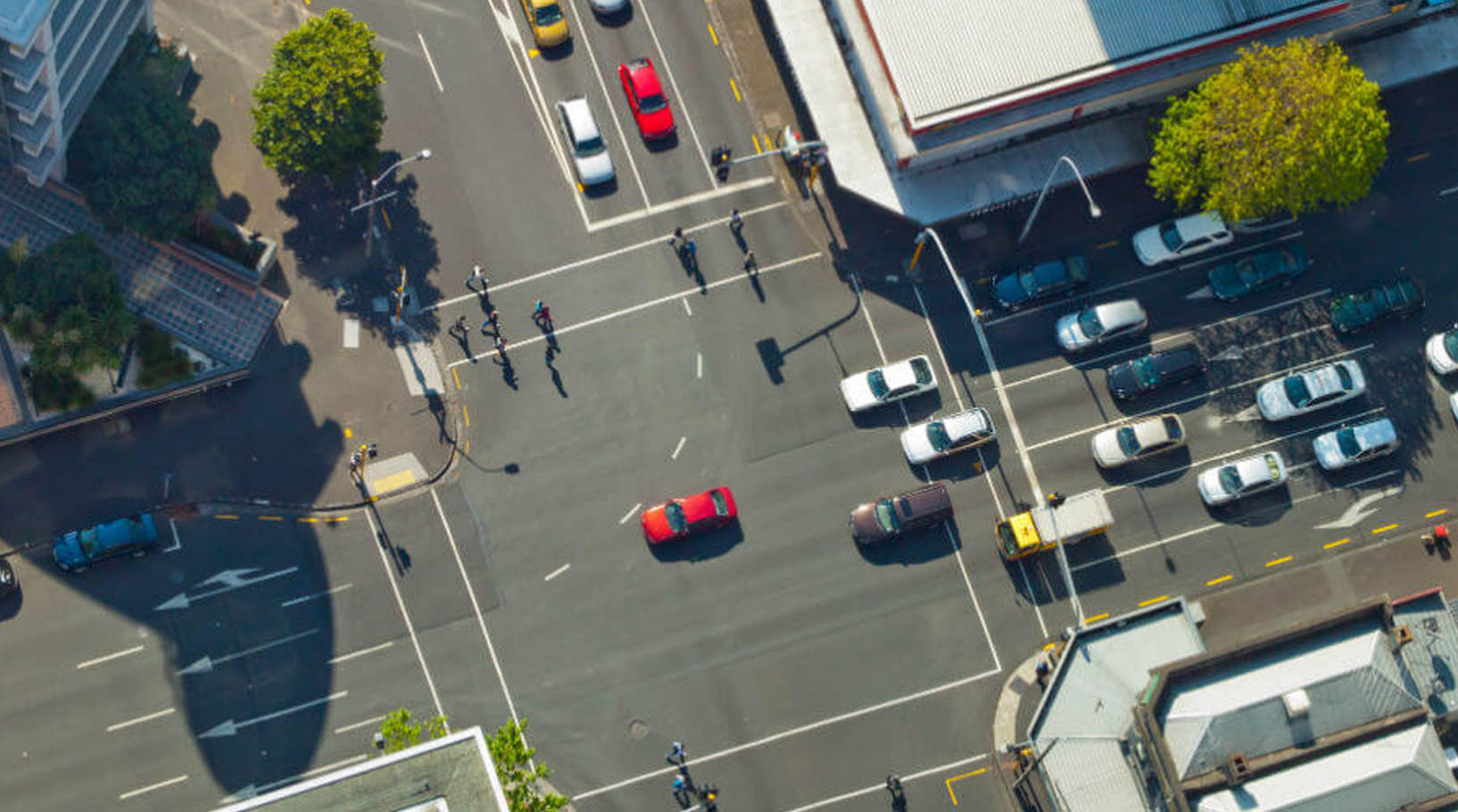
Intersection Junction Counts
The process of obtaining intersection junction counts typically involves data collection through various means, including manual surveys, automated traffic counters, and advanced technologies such as video analytics and vehicle detection systems. Depending on the scale and scope of the study, these counts can be collected for specific intersections, selected areas, or entire city-wide networks. The collected data is then analyzed to derive meaningful insights and inform decision-making processes related to road network design, signal optimization, and infrastructure improvements.
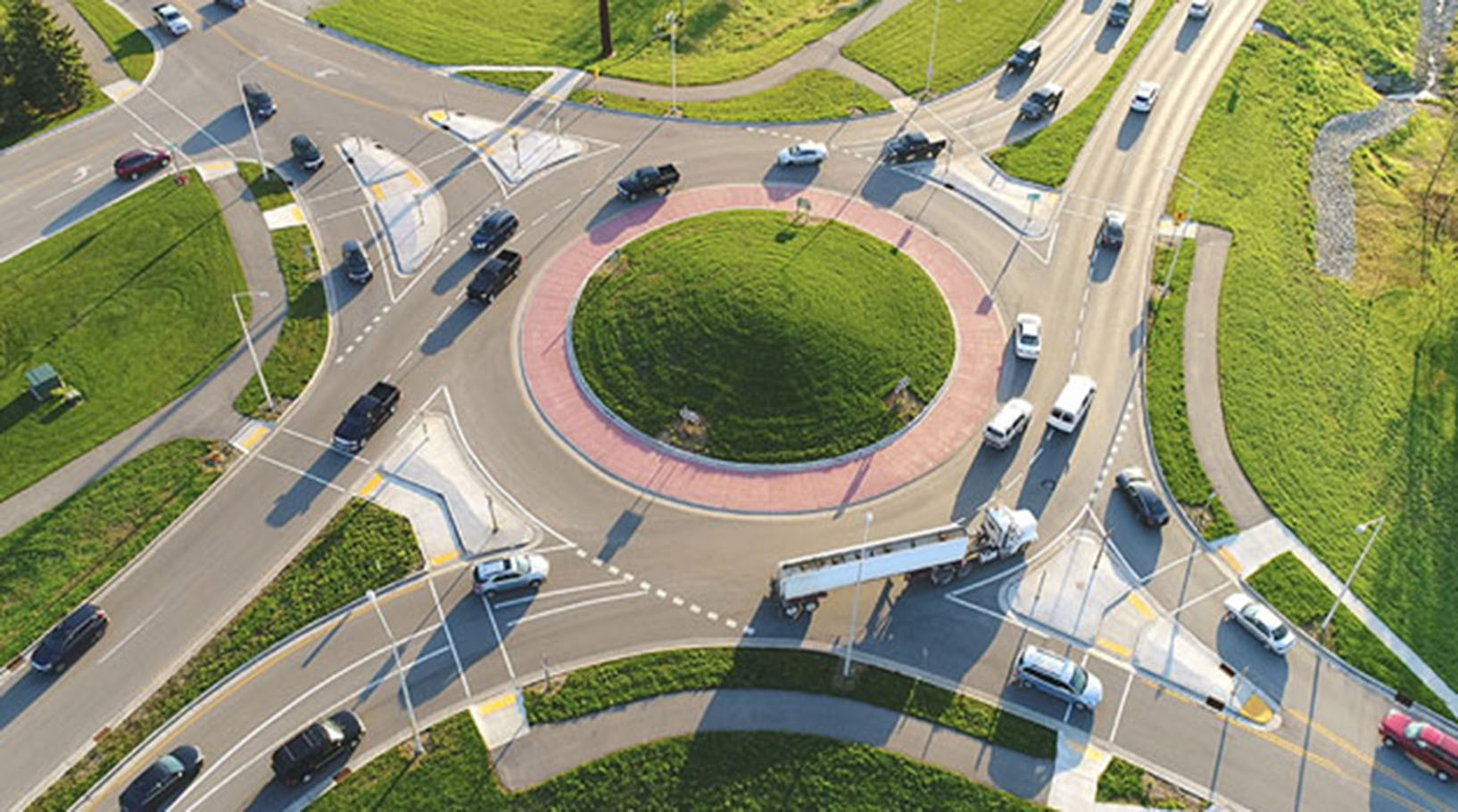
Round About Junction Counts
The higher the junction count, the more intersections there are within a particular area. High junction counts often indicate urban or densely populated regions where multiple roads converge. Such areas tend to experience higher levels of traffic congestion and increased potential for accidents. Understanding the junction counts helps authorities identify areas that require improvements in traffic management, such as the implementation of traffic signals, roundabouts, or flyovers
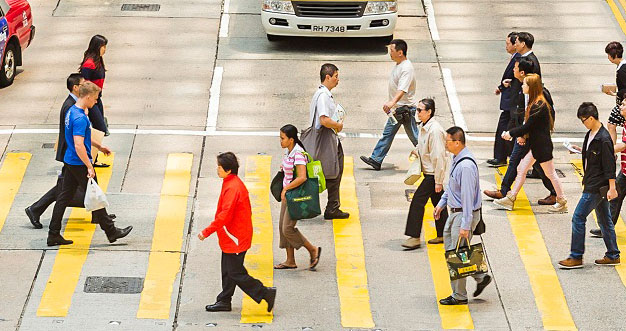
Pedestrian Surveys
During a pedestrian survey, researchers or planners typically spend a designated period of time in the area of interest, observing and recording various aspects of pedestrian behavior. This can include factors such as the number of pedestrians passing through the area, their walking patterns, interactions with the built environment (e.g., use of sidewalks, crossings), usage of amenities or facilities (e.g., benches, bike racks), and other relevant details.
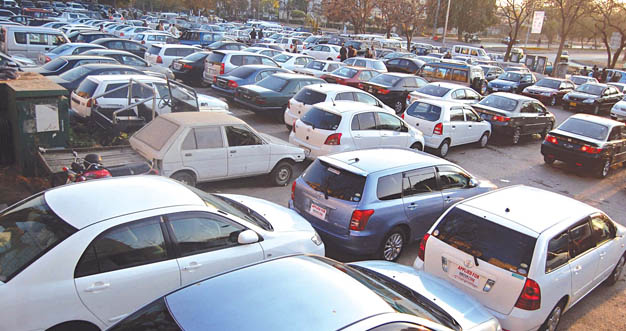
Parking Surveys
Typically, a parking survey involves data collection techniques such as field observations, interviews, questionnaires, or the use of automated technology like parking sensors or cameras. The collected data can provide insights into parking utilization patterns, peak hours of demand, occupancy rates, the need for additional parking facilities, and potential solutions to alleviate parking-related problems.
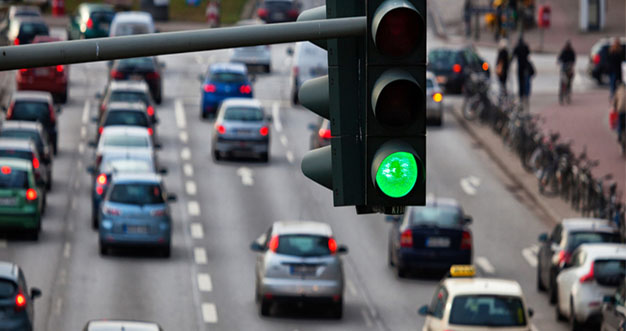
Queue Length Surveys
Queue length surveys typically involve observing and recording the number of individuals or objects in a queue at specific intervals or timestamps. The surveyors may use techniques such as manual counting, video surveillance, or automated sensors to collect the data. The surveys can be conducted for a predetermined duration or during specific peak hours to capture variations in queue length.
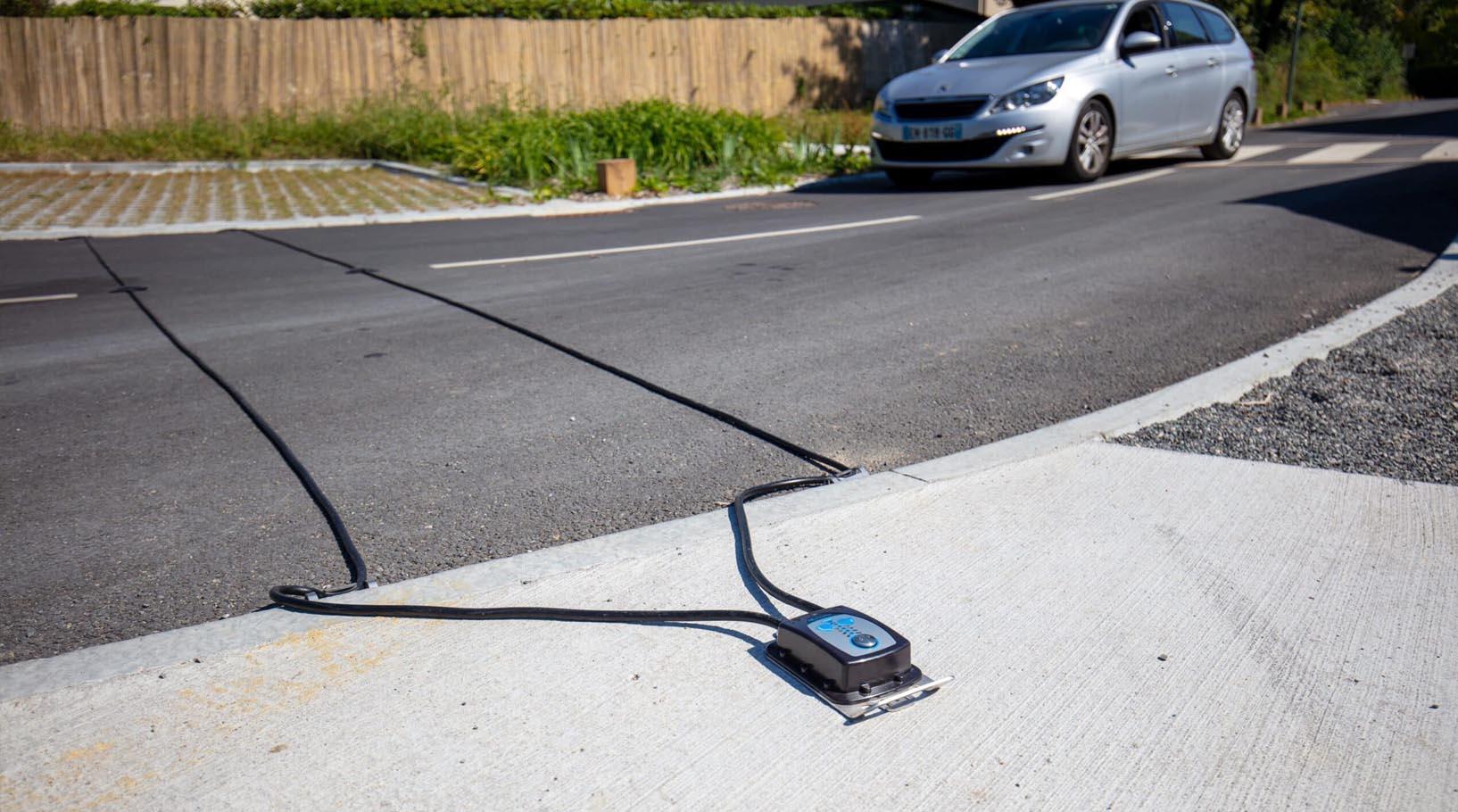
Automatic Counts (ATC) Reporting
our analysts have a wide knowledge of extracting the tube information and generating the reports with importance to different factors like class, speed, volume etc depending upon the client's requirements. we are also extracting data through ATC conversion from tube and also we have to able to create kml, Pdf, Digital diagram (Publisher), Tie's Ins, Report Generator etc...

Origin To Destination Surveys
In this Case the Tracking of vehicle process is implemented using the multiple Set-Up of Video Footages of different Camera’s Located through the different Signals. Surveys may be carried out of vehicles or pedestrians. These Surveys may be from one Approach to another or may from one Junction to another.